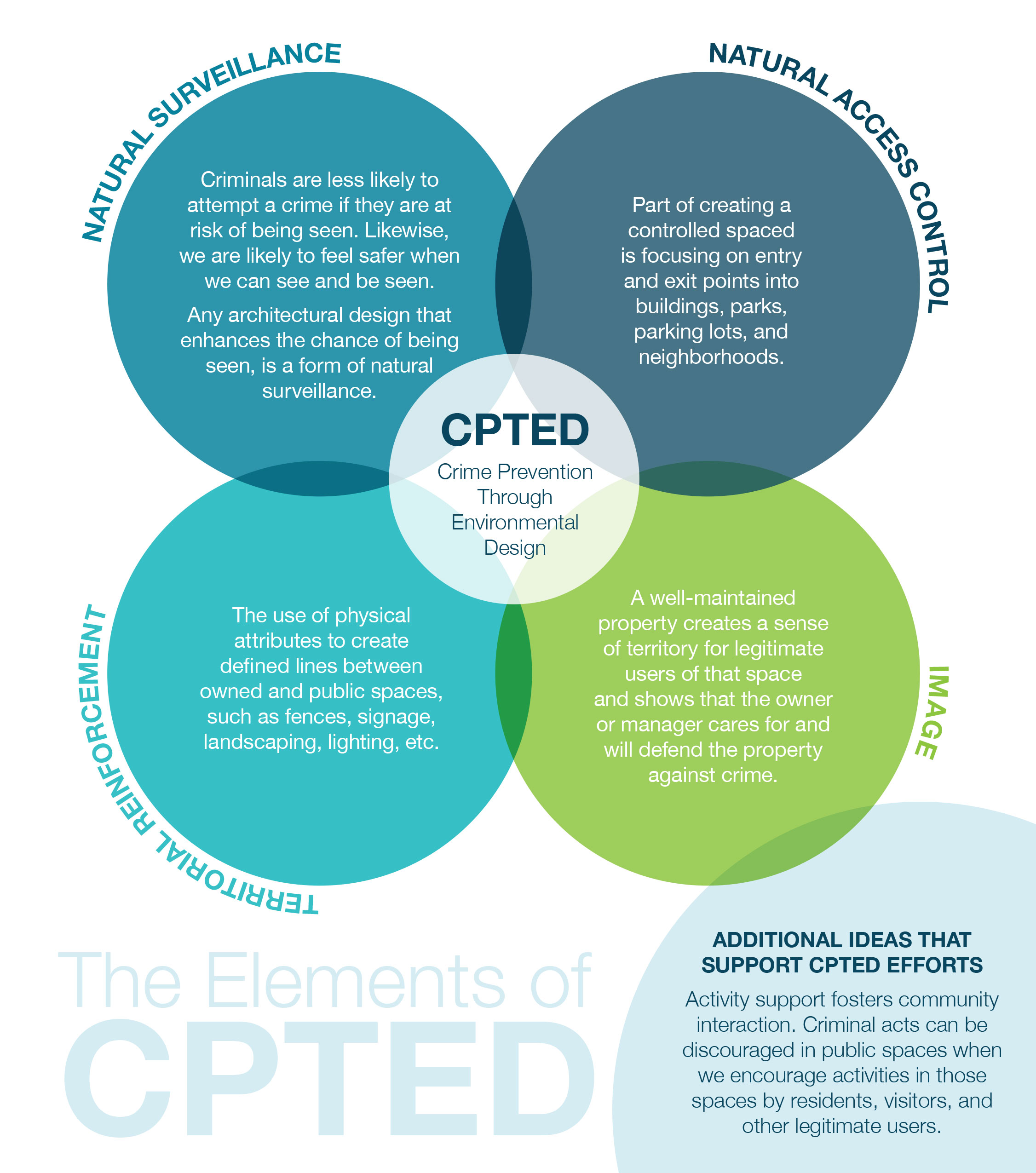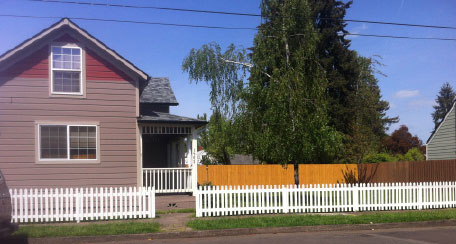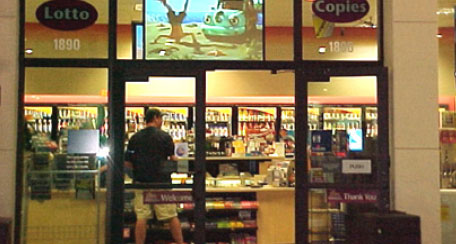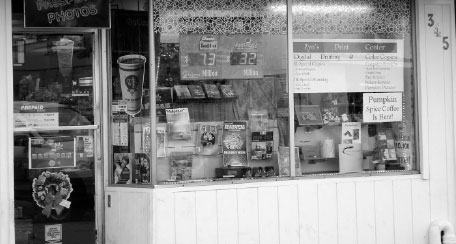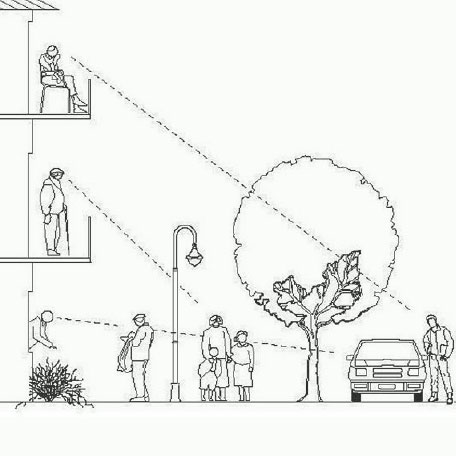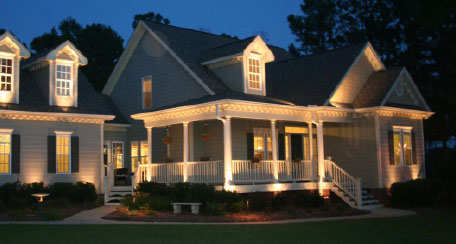Crime Prevention Through Environmental Design (CPTED) studies ways to design physical spaces to reduce undesirable behavior and crime through focus on:
- A Physical Environment: This could be a building, a park, an office, a street, etc.
- Resulting Behavior of People: Some locations seem to inspire rowdy behavior; other locations encourage calmer behavior.
- Using Space More Effectively: How can the space be redesigned to encourage desirable behaviors and discourage undesirable behaviors?
- Crime/Loss Prevention: These tend to be byproducts of the redesign, rather than primary targets.
For more information, contact:
Kris Schendel
541-917-7680
Positive |
Negative |
|---|---|
|
The fencing defines the site, thereby controlling access to the property. It also allows for strong natural surveillance. |
Trees with low limbs and tall shrubbery create hidden spaces. Trim trees up to 6 feet and shrubs down to 2 feet to create good visibility on a property. |
|
The managers of this convenience store maintain natural surveillance by keeping the windows clear of posters and ads. |
A would-be criminal may see this store as an easy one to rob because ads in the windows almost completely obscure the view inside. |
|
A potential criminal is less likely to attempt a crime if he or she is at risk of being observed. |
Little or no maintenance is taking place on this property, creating an image or sense that a person can do anything here and get away with it. |
|
A good example of Territorial Reinforcement through the use of lighting. |
